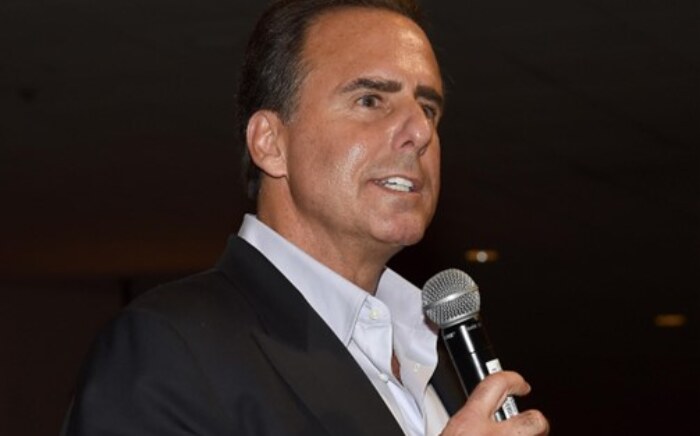All companies believe they are unique, and with this perceived uniqueness comes big and small challenges that can affect the health of their organization. The reality is that all companies’ issues are the same. They usually fall into one of three categories: people issues, customer issues, or cash management issues.
If you encompass the right leadership principles and practices you can turn an organization around, no matter what the industry. Hall-of-fame coach Vince Lombardi was arguably one of the best of all time, leading the Green Bay Packers’ five NFL Championships in seven years. He compiled a regular-season winning percentage of around 74% and never had a losing season. Lombardi had moderate football success in his formative years in high school and at Fordham University. He may not have been an elite athlete; however, he was an elite coach. His great understanding of the game and how to develop and run a successful program set him apart.
There are other great coaches like him that excelled at being leaders even though they did not have their own stand-out athletic careers. My point being, the right approach will help you sort through business problems that are shared across companies even if you do not have prior experience in the industry. When I was starting out in management at GE, I was trained as a leader with a focus on edge, execution skills, EQ, and energy. They moved me around businesses to test my leadership skills. And the skills I developed, proved time and time again that I could be successful in helping a company.
Manage Expectations
A Gallup “Competencies 2.0” article lists seven expectations of leadership behavior — these focus areas spring from shared challenges across industries, whether dealing with growing and scaling a company or keeping it afloat. A lot of people in your organization may not try as hard or have half of the skills on Gallup’s list, but that’s ok. Learn to manage and structure your teams to bring out the best in people. Set expectations properly and don’t try and get people to do more than they are capable of.
Assign more responsibility and leadership goals to managers. Assess talent performances, which will naturally follow a bell-shaped curve. Leadership is about empowering people and showing them the positive things that the company is doing; motivating them around positive initiatives.
Develop a Great Foundation
Develop a culture where people care about each other, the company, and the work they do — create a culture of caring. While at Ceasear’s I always traveled to 26 locations; I periodically performed skip level reviews with my team and walked the Strip every weekend, stopping in at all facilities and talking to managers. I always made sure to be thankful to all employees, and be present and participate.
When employees see your buy-in, it inspires great organizational culture and gets them more engaged. The ability to change an organization, and overcome challenges, is tied to aligning your team with your priorities.
Secondly, develop a powerful mission. Your mission is a set of statements that explain why your company matters and why it is different, so people can work for a company that they feel they can be proud of (i.e., what you stand for, what you do for the world, community, and environment, etc.).
Creating a foundation for greatness and structuring expectations and individual development will help your organization tackle many of the problems facing your organization. Problems may feel unique, hard, or impossible, but with the right approach, you can cultivate buy-in from all stakeholders and lead a team that can achieve great things.





